Dog Breeds That Absolutely Love the Water
Some dogs avoid even the smallest puddle, while others dive right in. Several breeds have a long history of working in and around water, from hauling fishing nets to saving people from drowning. Those instincts still show today, and these 15 breeds are among the most eager to join you for a swim, whether it’s in a lake, river, or at the shore.
Labrador Retriever
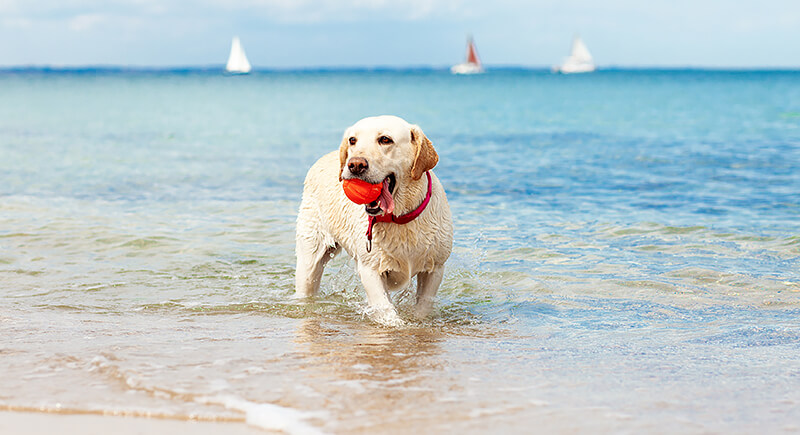
Credit: iStockphoto
Few dogs match the Labrador Retriever’s excitement when there’s water nearby. You’ll often see that signature “otter tail” cutting through the surface as they charge after a stick. Labs were once essential helpers for fishermen in Newfoundland, but today, they’ll just as eagerly join you at the pool or lake. They’re built for it: muscular frame, webbed feet, and a coat that shrugs off splashes.
Newfoundland
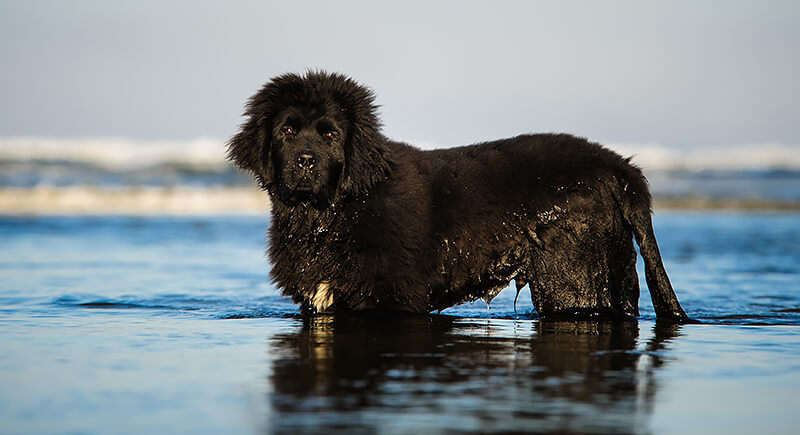
Credit: iStockphoto
Watching a Newfoundland swim is like seeing a tugboat in action: steady, unhurried, and incredibly powerful. These gentle giants have hauled fishing nets, ferried supplies to shore, and even saved people from drowning. Webbed toes, thick coats, and lung power give them an edge in the water. They’re happiest when working, but a calm swim beside the family works just as well.
Portuguese Water Dog

Credit: iStockphoto
In Portugal’s fishing towns, Portuguese Water Dogs once dove to retrieve lost gear or nudged schools of fish toward nets. They are Compact, agile, and endlessly energetic. They can also switch from paddling in the ocean to playing fetch in the pool without missing a beat..
Golden Retriever
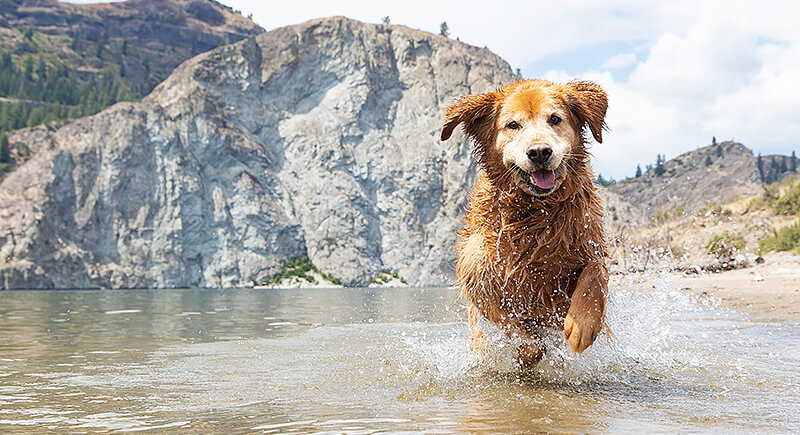
Credit: iStockphoto
Golden Retrievers seem to believe water makes fetch better. Toss a ball on land, and they’re game; throw it into a lake, and they’re thrilled. Generations of retrieving waterfowl honed their swimming instincts, and their coat helps keep them warm in chilly currents. Add in their famously cheerful nature, and you have a dog who’ll swim until you call it quits.
Irish Water Spaniel
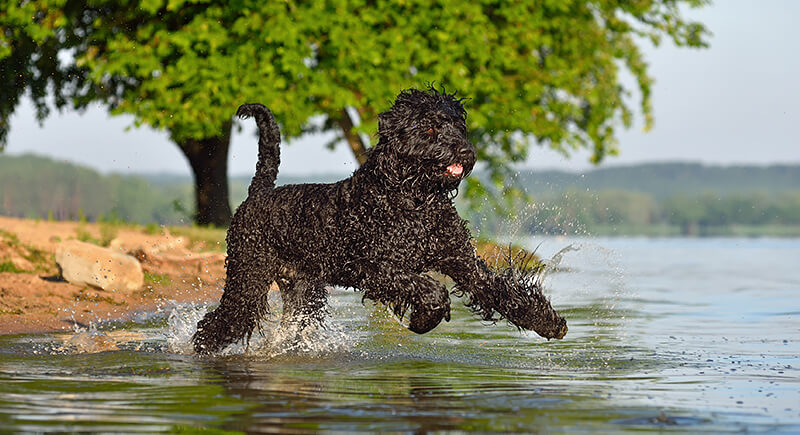
Credit: iStockphoto
The Irish Water Spaniel has tight curls and a thin, tapering tail. It has a long history as a capable water retriever, working in cold rivers with ease. It can swim for extended periods and often turns a short dip into a lively game.
Flat-Coated Retriever
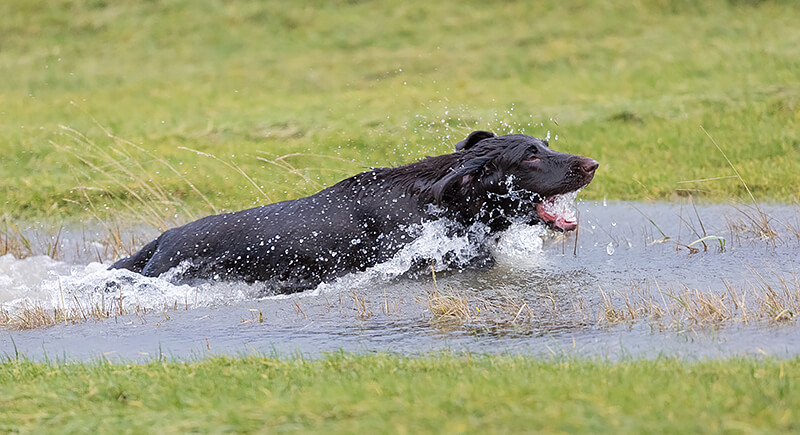
Credit: iStockphoto
It’s hard to tell whether Flat-Coated Retrievers love water more for the swimming or for the fun that happens in it. They’ll leap into lakes, ponds, or even backyard kiddie pools without hesitation. Webbed feet and a sleek, weatherproof coat keep them comfortable, but it’s their joyful spirit that keeps them splashing long after you’re done.
Chesapeake Bay Retriever
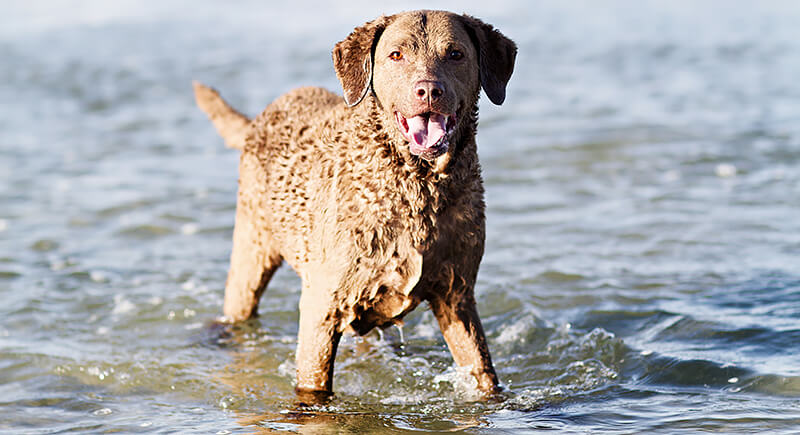
Credit: iStockphoto
The Chesapeake Bay Retriever was made for tough conditions. They were developed to retrieve waterfowl in Maryland’s frigid bays. Its dense, oily coat keeps it warm and dry, while its strong build handles heavy currents. The retriever thrives when there’s work to do, and nothing satisfies it more than a demanding swim with a clear goal.
Barbet
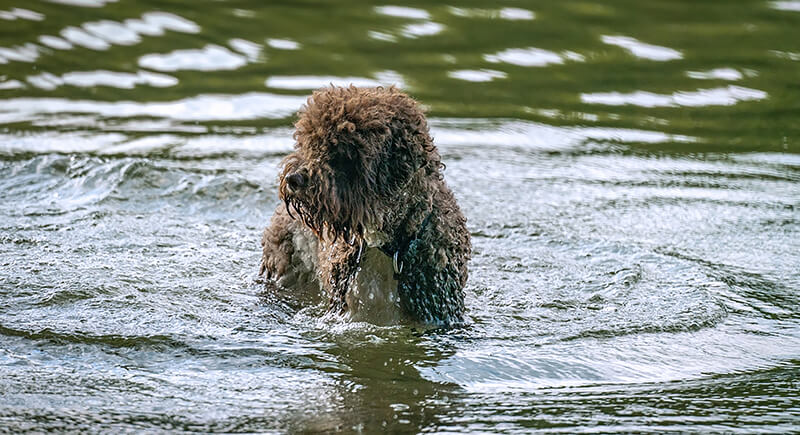
Credit: iStockphoto
The Barbet’s history runs deep in France, where it’s been chasing waterfowl since the 1500s. It is nicknamed “Mud Dog” for obvious reasons and is happiest when wet and a little dirty. Its dense, woolly coat keeps it warm in cold water, and its outgoing personality makes it a favorite for active families.
Otterhound
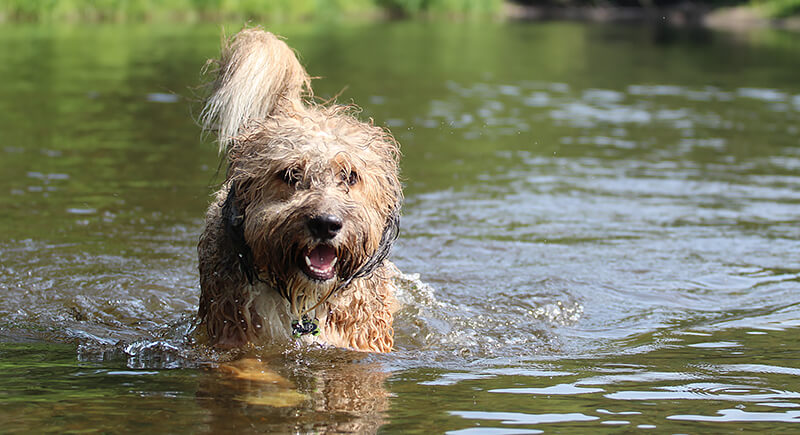
Credit: iStockphoto
The Otterhound plunges in with purpose. This rare breed once tracked otters through rivers using a sense of smell that works even underwater. Their wiry coat dries quickly, and their webbed feet power them through long swims. Though hunting otters is history, the Otterhound’s drive to explore waterways hasn’t faded one bit.
American Water Spaniel

Credit: Wikimedia Commons
The American Water Spaniel was developed in the Great Lakes region for hunting from small boats. It moves easily between retrieving ducks in marshes and swimming beside a canoe. Its dense, curly coat sheds water, and its endurance allows it to work or play in the water for long stretches.
Lagotto Romagnolo
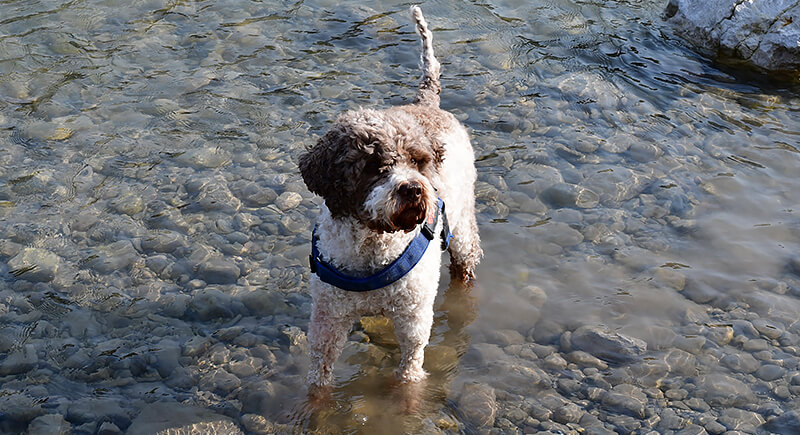
Credit: iStockphoto
The Lagotto Romagnolo might be famous for truffle hunting today, but its name translates to “lake dog” for a reason. These sturdy swimmers once fetched waterfowl from Italy’s marshes. Their curly coats shed water quickly, and their strong legs make them confident in any swimming hole. Just don’t expect them to pass up a puddle without inspection.
Spanish Water Dog
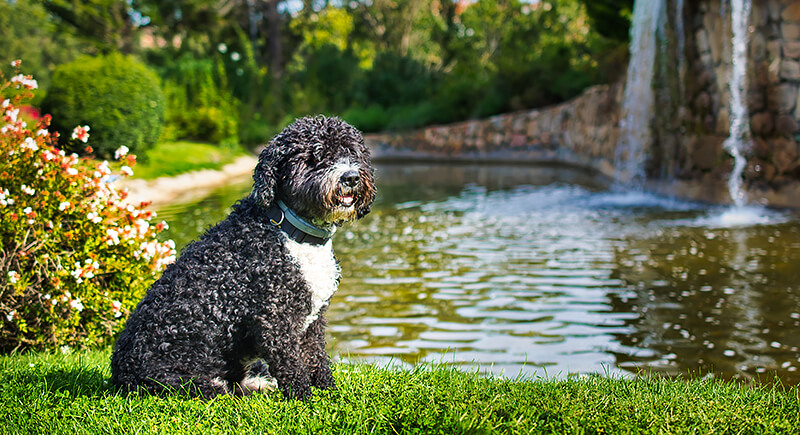
Credit: iStockphoto
The Spanish Water Dog, Part herder, part retriever, adapts easily to water-based work. It was bred for rugged environments in Spain and handled rivers, lakes, and ocean surf with equal ease. Its tight curls help with insulation, and its natural athleticism makes it a capable swimmer.
English Setter
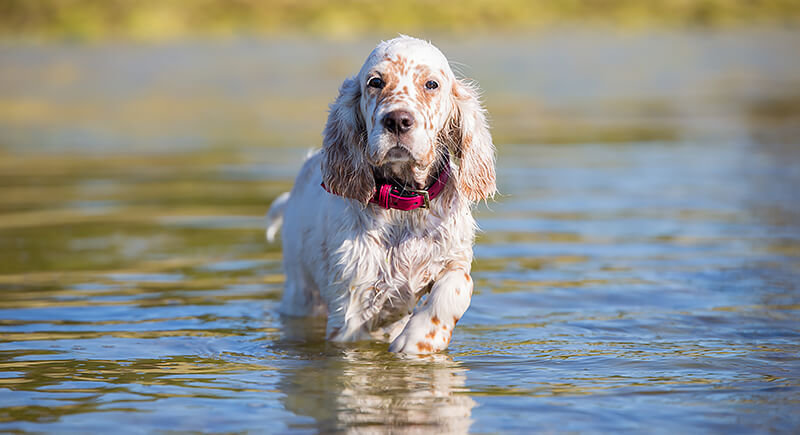
Credit: iStockphoto
The English Setter was bred as a bird dog and often worked near marshes and lakes, where swimming could be essential for retrieving game. It is friendly and adaptable, just as willing to join you in the water on a warm day as it is to track a scent across land.
Curly-Coated Retriever
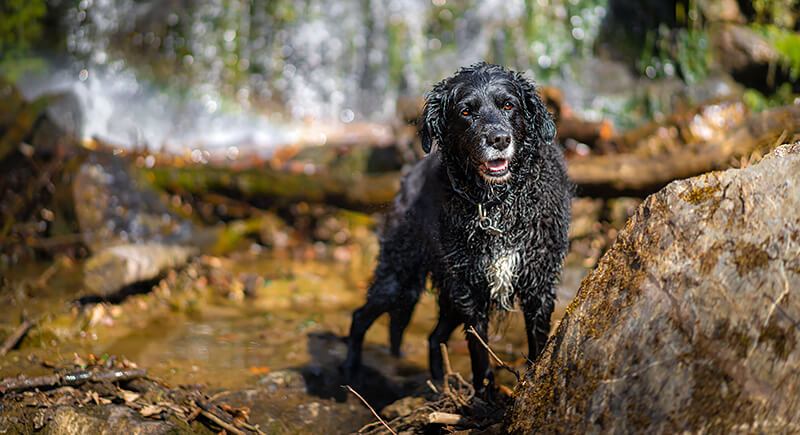
Credit: iStockphoto
Curly-Coated Retrievers were designed to handle rough waters and long retrieves. Their tight curls trap warmth while allowing water to slide off, and their stamina is remarkable. Confident and intelligent, they’re often independent swimmers, happy to explore without constant direction. This makes them versatile partners for both work and play in aquatic settings.
Nova Scotia Duck Tolling Retriever
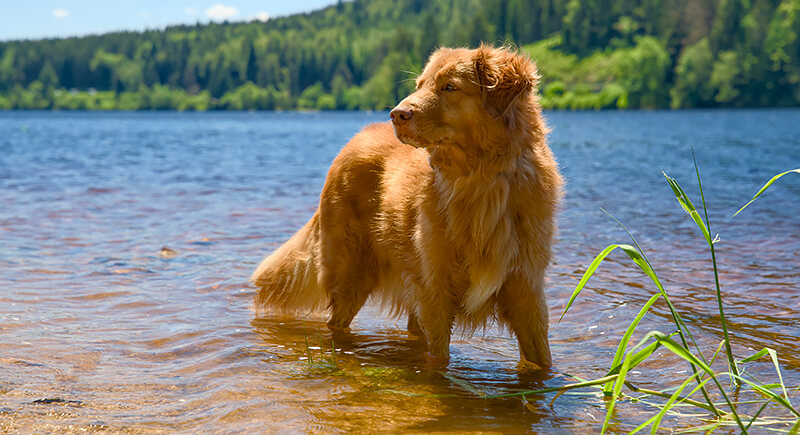
Credit: iStockphoto
The Nova Scotia Duck Tolling Retriever is the smallest of the retrievers, and it is also one of the most animated. Tollers lure ducks with playful antics near shore before darting into the water to retrieve.